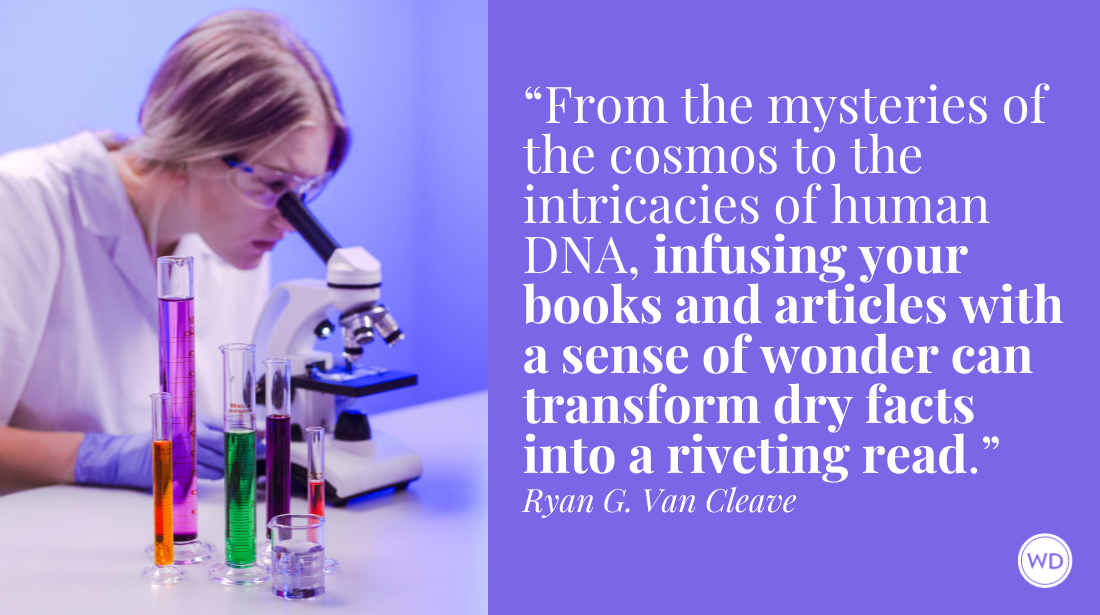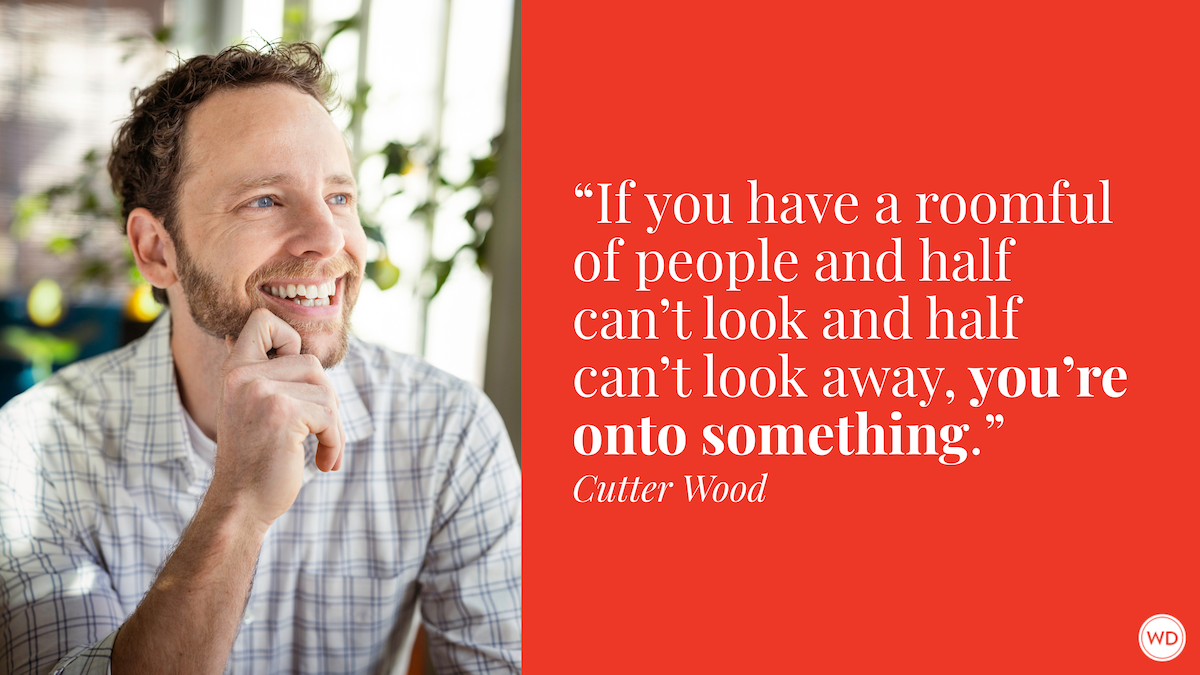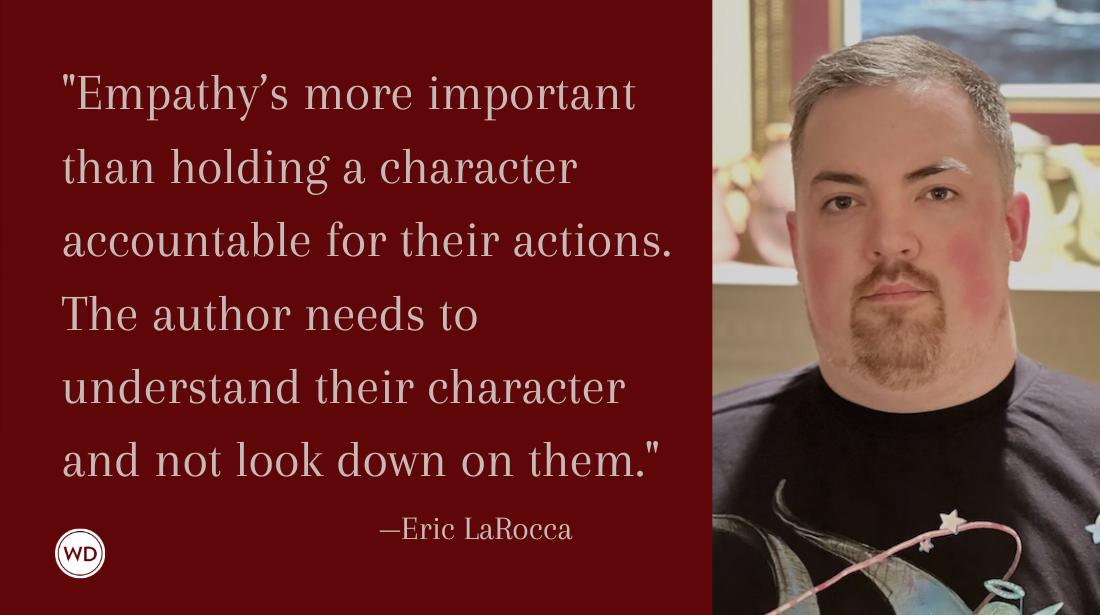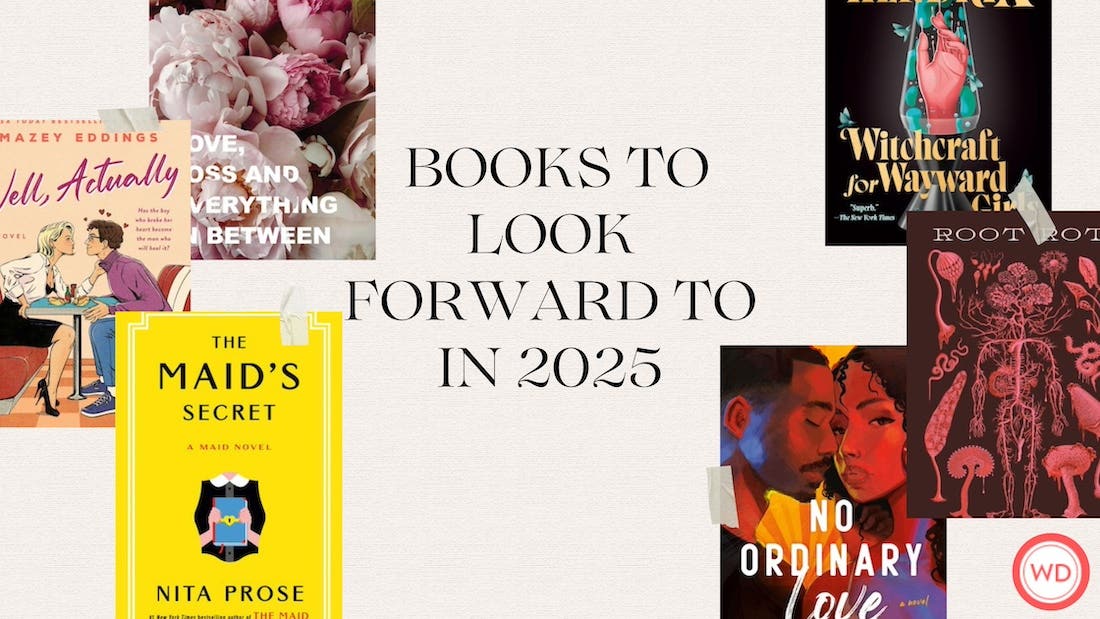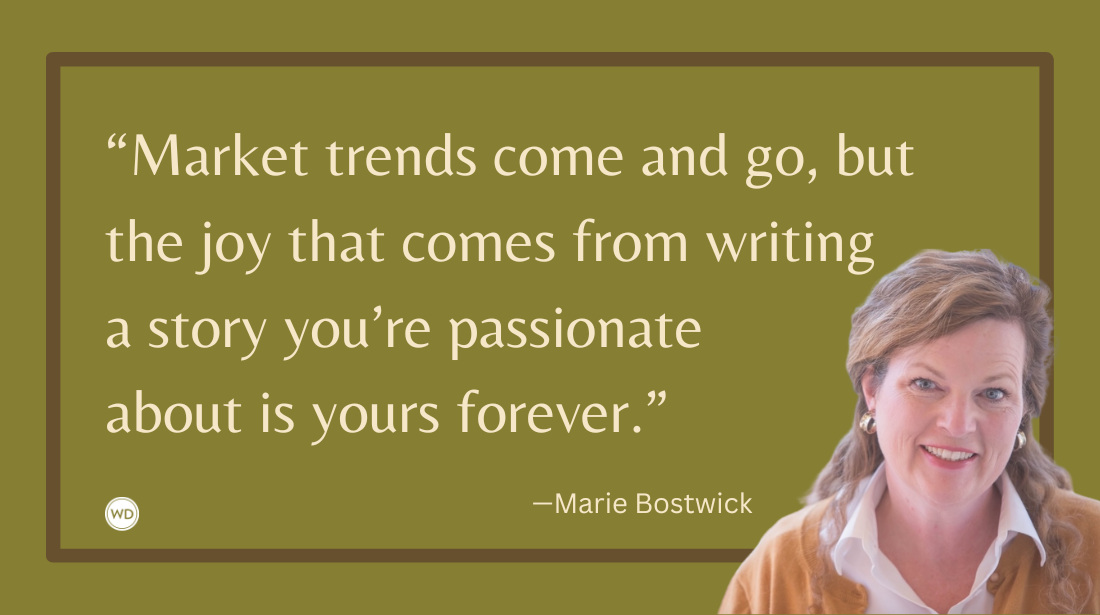Writing Mistakes Writers Make: Inaccurate Genre Labels
The Writer’s Digest team has witnessed many writing mistakes over the years, so we started this series to help identify them for other writers (along with correction strategies). This week’s writing mistake is labeling your book with an inaccurate genre.
Everyone makes mistakes—even writers—but that's OK because each mistake is a great learning opportunity. The Writer's Digest team has witnessed many mistakes over the years, so we started this series to help identify them early in the process. Note: The mistakes in this series aren't focused on grammar rules, though we offer help in that area as well.
Rather, we're looking at bigger picture mistakes and mishaps, including the error of using too much exposition, neglecting research, or trying to write for everyone. This week's writing mistake writers make is labeling your book with an inaccurate genre category.
Writing Mistakes Writers Make: Inaccurate Genre Labels
I doubt it would come as a surprise to anyone that I read a lot. And, I enjoy reading books in lots of different categories: mysteries, literary fiction, contemporary fiction, historical fiction, memoirs. And I love reading romance.
Recently, I was given an advance copy of a book from a publisher that they had labeled as a romance. I read the premise and thought it sounded right up my alley. And the book hooked me from the very beginning. The story was interesting, the characters were multi-layered and had both personal and cultural conflicts they had to work through. I was ready to give it five stars on Goodreads and write a review on NetGalley for the publisher to use.
And then … I got to the end. There was no happy ending! There wasn’t a “happy-for-now” ending either. It broke the one promise that a book categorized as “romance” must fulfill—a happily-ever-after or a happy-for-now ending. It felt like I had been misled; when the publisher labeled the book as a romance, I believed them. Because, that genre label “romance” comes with certain expectations. All genre labels do. It’s why they exist: to help guide readers find more books that will, hopefully, resonate with them.
As I pondered my disappointment with the not-romance book, all I could think was, if this book had been labeled “contemporary fiction” or “women’s fiction” I would have walked away completely satisfied and that five-star rating would have happened. In this instance, maybe the author felt strongly about the book being categorized as romance, or perhaps the book changed in revisions but the romance label was more closely aligned with what the imprint is known for. But sometimes, as the writer, you have to look at the book you’ve written with objective eyes. Evaluate what kind of book you wanted to write vs. the kind of book you actually wrote. Manuscripts can change immensely from the time you start writing it to the moment you type “The End,” not to mention the changes on subsequent drafts and revisions. That might mean you started writing a contemporary fiction book but over time it ended up being contemporary YA fiction instead. Or you started writing what you thought was horror and it’s really more suspense.
Recognizing and acknowledging those genre shifts might be a challenge for some writers because these category labels can be closely tied to career goals and the way writers view themselves. You might worry that writing in one genre might pigeon-hole you into always writing in that genre. It’s something that has crossed my mind as I write and it’s why I ask that question frequently when I interview authors. The surprise has been, not a single one of them has said they’ve felt stuck with one genre (if they continuously write in one genre, it’s by choice) or have had to convince an agent or editor to “let” them stray into new territory. Rather, the agents and editors are curious and even excited to see what the writer can do next.
(It occurs to me that this idea of labels and career goals is probably also connected to the idea that some folks have about the worthiness of certain genres compared to others, but hopefully I don’t need to remind anyone here that each genre has value and a place in the publishing world. One is not inherently worthier than another. Literary fiction is not “better” than genre fiction; books for adults are not inherently “better” than writing for children or young adult. And one is not easier to write than another. Each requires a different set of finely-honed skills.)
So, as you think about how to label your book consider this: Would you rather have a book that readers love even if it’s categorized in a genre you weren’t expecting? Or, would you rather stick with your chosen, but inaccurate, genre and risk disappointing readers who are going to remember that when your next book comes out? If you think about it in these terms, chances are, you know where your book fits.
But if you’re not sure where your manuscript has landed, find beta readers who’ve read extensively in the genre most closely related to your book. Ask them for honest feedback and be prepared to listen to what they have to say. Understanding your book’s genre before it’s published can save you, and your reader, a lot of heartache.
About Amy Jones
Amy Jones is the Editor-in-Chief of Writer’s Digest and was the managing content director for WD Books. She is the editor of the Novel and Short Story Writer's Market and Children's Writer's and Illustrator's Market. Prior to joining the WD team, Amy was the managing editor for North Light Books and IMPACT Books. Like most WD staffers, Amy is a voracious reader and has a particular interest in literary fiction, historical fiction, steamy romance, and page-turning mysteries. When she’s not reading, Amy can be found daydreaming about Italy or volunteering at her local no-kill cat shelter. Find Amy on Twitter @AmyMJones_5.



